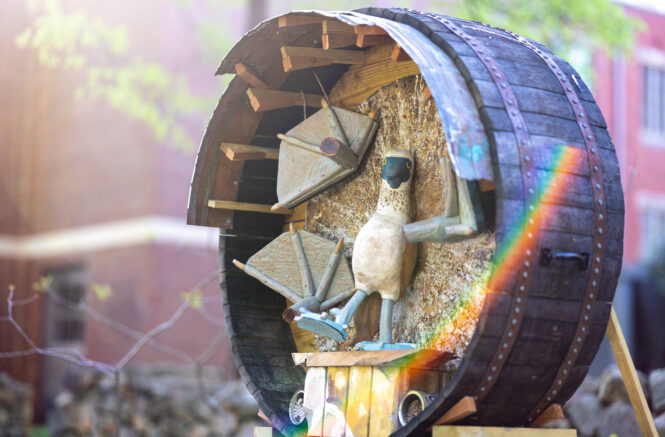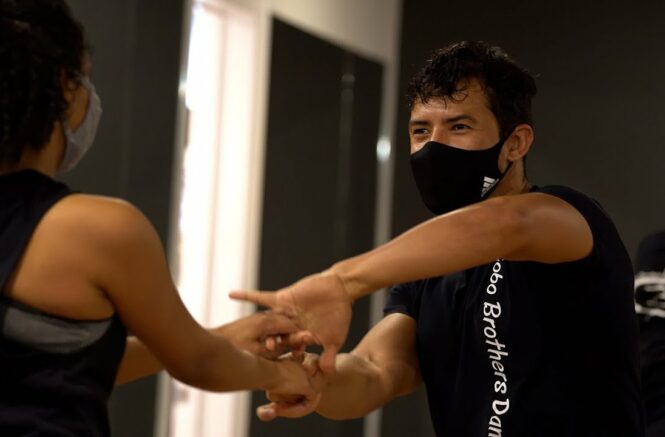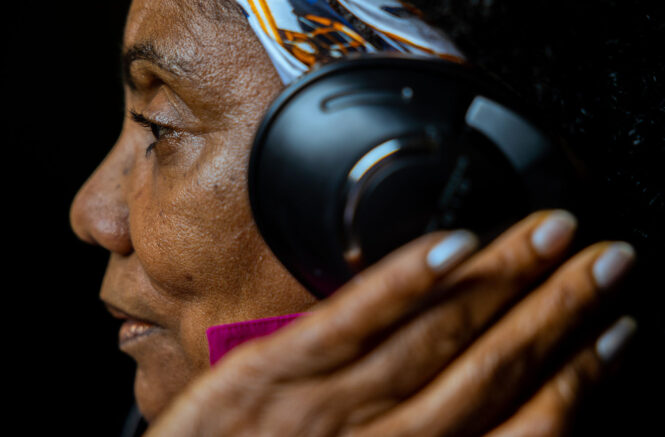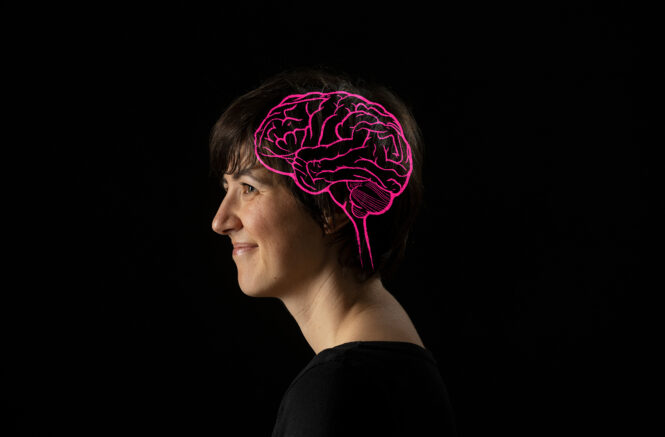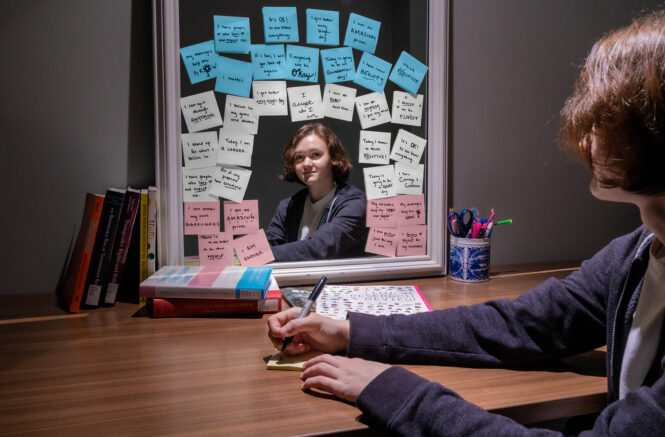On the Origin of Sculptures
In a collaboration between Arts Everywhere and the UNC Center for Galápagos Studies, five artists were tasked with creating sculptures of native Galápagan animals to celebrate the 10th anniversary of the Galápagos Science Center on San Cristóbal Island.
Roots of Afro-Latin Rhythms
In each episode of the Mix(ed)tape Podcast, researchers Melissa Villodas and Andrés Hincapié speak to Black dancers, choreographers, musicians, and academics about the roots of various Afro-Latin rhythms, the role of dance and music in identity formation, and how racism manifests in the Afro-Latin dance scene.
Yao Li
Yao Li is an assistant professor in the Department of Statistics and Operations Research within the UNC College of Arts & Sciences. Her research focuses on developing efficient and robust machine learning models to solve real-world problems.
Microscope Magic
Since middle school, Michelle Itano has been mesmerized by the power of microscopes. These seemingly familiar pieces of technology can do so much more than simply capture images of small things. They can unveil a world beyond our imagination — one Itano strives to show as many people as possible.
Powered by Libraries
UNC-Chapel Hill’s $1.16 billion research enterprise wouldn’t be possible without its 10 libraries and numerous librarians, archivists, and staff members. These resources are vital for the entire research lifecycle, from idea generation to data retrieval to digitization and access.
Raj Bunnag
Raj Bunnag is a master's student in the Department of Art & Art History in the UNC College of Arts & Sciences. He uses printmaking to shed light on historical and present-day racist violence and politics within the United States.
Brain-Body Breakthroughs
Psychoneuroimmunology. It's a mouthful, but it’s also a burgeoning field addressing how psychological stress impacts the brain and the body. Keely Muscatell is one of just a few scholars conducting research within this realm and is working closely with two PhD students to uncover the short- and long-term effects of one particularly ugly social experience: racial discrimination.
Teaching Teens to Love Themselves
Karen Bluth has a mission to teach youth how to be compassionate with themselves. As a psychiatry professor at UNC-Chapel Hill, she researches how effective self-compassion practices are at improving the depression and anxiety of transgender teenagers.
You Matter.
In the United States, suicide, suicidal ideation, and self-harm are public health crises among children and teens. To reduce these behaviors, researchers in the UNC School of Education and School of Medicine are addressing how school systems can help students return from hospitalization after a suicide-related crisis.
Opening Doors Through Data
The UNC School of Data Science and Society is slated to open in Fall 2022. Jay Aikat, RENCI’s chief operating officer, discusses its origins and why data science is so vital in today’s world.
Clarifying Copyright to Improve Care
With the shift to online health care during the pandemic, media law expert Amanda Reid questioned how copyright affects the work of music therapists. After learning how it can dictate care, she wrote a paper proposing that Congress create an exemption for these services.
Small Bodies, Big Stressors
An interdisciplinary team of researchers from UNC-Chapel Hill and Michigan State University is conducting a long-term study to determine how poverty-induced stress might impact an infant’s ability to grow and develop. They're collecting their data from two places: the brain and the gut.



